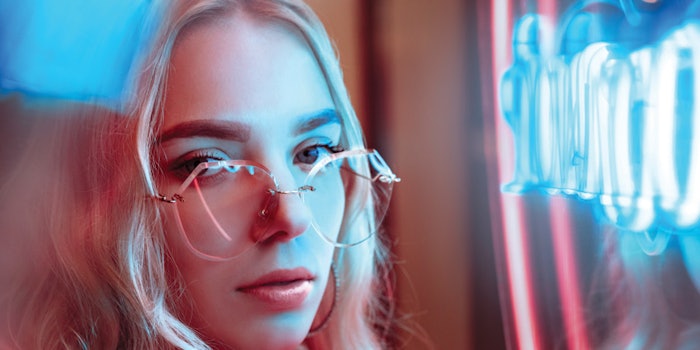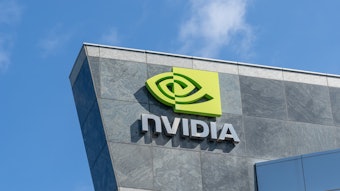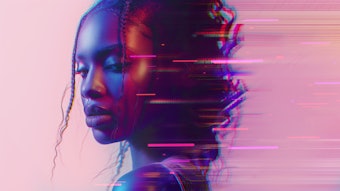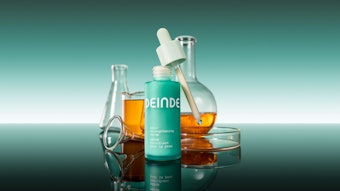
When it comes to marketing to Gen Z, the notion is that these consumers are an extension of millennials is a far cry from the truth.
Gen Z comprises a whopping 25.9% of the world’s population (compared to millennials at 24.5%)a. The generation’s perception of digital as a fact of life versus a benefit dictates their purchasing behavior.
While some trends indicate that their preferences are simple and rigid, much like boomers, others showcase them to be less inspired by the frills of marketing. In either case, one thing is clear: They are not millennials and marketers must adapt to them quickly and effectively.
5 Turn-ons
1. Inclusivity of Physical and Mental Diversity
Millennials are responsible for the social media boom, which has given way to a few societal problems in the areas of mental health issues, phone addiction and self-esteem doubts. Gen Z prefers brands that go out of their way to overcome this, and cater to being beautiful inside out, sans comparisons.
The inclusive, visual culture is of utmost importance to these consumers, and many brands have embraced multicultural and gender-fluid individuals as faces of beauty, with James Charles for Covergirl and Manny Gutierrez (Manny MUA) for Maybelline coming to mind. In the same vein, the Crayola x ASOS gender-fluid makeup lineb caters to all consumers.
Brands should embrace physical diversity and ensure marketing efforts don’t fuel mental health issues.
2. Co-creation
In contrast to Gen Z, millennials constitute the generation that likes to share things. This explains the explosion of Instagram hashtags, custom filters, every pop-up shop having an Insta-worthy backdrop and anything to boost viral popularity.
Gen Z, however, would rather co-create. Bringing these consumers into a brand’s creative process by creating color palettes, naming a shade or integrating a product into their beauty regimen are a few examples.
Co-creators produce high-quality content that is thumb-stopping on digital devices and comes at a significantly lower cost than running a brand-sponsored shoot. Their inspirations come from the likes of skin care blogger and YouTuber Caroline Hirons, who created beauty boxes with Cult Beauty, as well as the Clean Decoded collection with Space NKc, and the Lancôme x Camila Coelho collection for Sephorad, which sold out in stores.
3. Cohesion Across Multi-tasking
Gen Z is a multitasking, efficiency-driven generation, which was born into a world already sterilized with smartphones and apps. They are functional with multiple screens being used at once—five to be precise, compared to two for millennials. Their attention span is also shorter at eight seconds, versus 12 seconds for millennialse.
As such, communications directed to them needs to be clear and consistent across all platforms. Brands like 100% Pure and Drunk Elephant do this well by tying a homogenous visual and communicative story across their sites, specific social platforms, in-store packaging and beyond.
4. Tech-savvy Conveniences
With technology, one must delineate that which enables sharing (custom filters, Instagrammable pop-ups and hashtag contests, which are more for millennials), versus the elements that make things more efficient, much akin to a boomer mentality (virtual reality try-ons, app exclusives for mimicking foundation or lip colors, etc.).
Technology for Gen Z is about being intuitive, relevant and complimentary to an in-store experience, making things convenient and accessible, similar to what L’Oréal’s Modiface doesf.
This explains why 53% of Gen Z makes purchases on their smartphones, staggeringly higher than the 37% of millennialsg. Coincidentally, this is similar to the uptake of tech by boomers to make things easier in a traditionally busy working day.
5. YouTube, Tik Tok and Videos
Video remains strong among Gen Z, with 72% of the generation visiting it daily compared to 52% of millennials, who in turn visit Amazon moreh.
Gen Z’s goal is to see more raw how-to videos, discover new brands and be entertained. Tik Tok and its raw content sees a top spot in their preference list, lapped up by all brands including publishing housesi.
Eighty-five percent of Gen Z discovers new products on social media, with 80% of them discovering a new retailer and visiting the store based on social platforms alonej. The dominance of video and raw content will be a prime way to court this generation.
5 Pet Peeves
1. Experience Frills
With the languishing of experiential marketingk, there seems to be a slowness in Instagrammable pop-ups, which often do not provide enough ROI for brands. The crux of this is that Gen Z prefers products to experiences.
Seventy-seven percent of millennials would prefer a cool experience to a product, but a significantly higher 60% of Gen Z prefers a cool productl. Brands can shift their focus to having the product speak for itself rather than investing marketing in experiences that are likely to be underappreciated by the youth they are meant for.
2. Product Frills
The product focus comes with its caveat: product thrills and frills. Gen Z is more discerning and caters to simplicity and product relevance. The reason brands like Drunk Elephant do well with this demographic is due to their clear communications of lacking the “Suspicious 6”: essential oils, drying alcohols, silicones, chemical sunscreens, fragrances/dyes and SLSm.
Having any excessive ingredients or frills and marketing them as a product feature will be met with scrutiny from the self-educated Gen Z, who can get information and tutorials on everything at any time. This informed community will fuel the demand for relevance and transparency.
For the full article, please check out Global Cosmetic Industry's July/August Issue
Footnotes:
aTargeting Millennials and Gen Z: Sustainable Cosmetics Masterclass by Sourabh Sharma, San Francisco, January 2020; www.slideshare.net/sssourabh/sustainability-in-the-millennial-and-gen-z-era
b www.teenvogue.com/story/crayola-beauty-asos-makeup-launch
c www.harpersbazaar.com/uk/beauty/a26320975/influencers-beauty-collaborators-brands
d www.instagram.com/p/BpFFYjcnb3B/?utm_source=ig_embed
e Mashable, 2019
fTargeting Millennials and Gen Z: Sustainable Cosmetics Masterclass by Sourabh Sharma, San Francisco, January 2020; www.slideshare.net/sssourabh/sustainability-in-the-millennial-and-gen-z-era
gTargeting Millennials and Gen Z: Sustainable Cosmetics Masterclass by Sourabh Sharma, San Francisco, January 2020; www.slideshare.net/sssourabh/sustainability-in-the-millennial-and-gen-z-era
hVision Critical, 2019
iwww.cnn.com/2020/01/16/media/tiktok-news-publishers/index.html
jMediaKix, 2019
kGen Z and the decline of Experiential Beauty, Global Cosmetic Industry, November 2019
lTargeting Millennials and Gen Z: Sustainable Cosmetics Masterclass by Sourabh Sharma, San Francisco, January 2020; www.slideshare.net/sssourabh/sustainability-in-the-millennial-and-gen-z-era
mwww.drunkelephant.com/pages/philosophy
nTargeting Millennials and Gen Z: Sustainable Cosmetics Masterclass by Sourabh Sharma, San Francisco, January 2020; www.slideshare.net/sssourabh/sustainability-in-the-millennial-and-gen-z-era
oWGSN; www.wgsn.com
pVision Critical; www.visioncritical.com
Sourabh Sharma is the head of digital marketing at FIG or out, a digital marketing and PR company, and has served as a keynote speaker and judge for conferences and brands. Sharma has undergraduate engineering and business degrees and an MBA from the Wharton School, the University of Pennsylvania and the Rotterdam School of Management.











